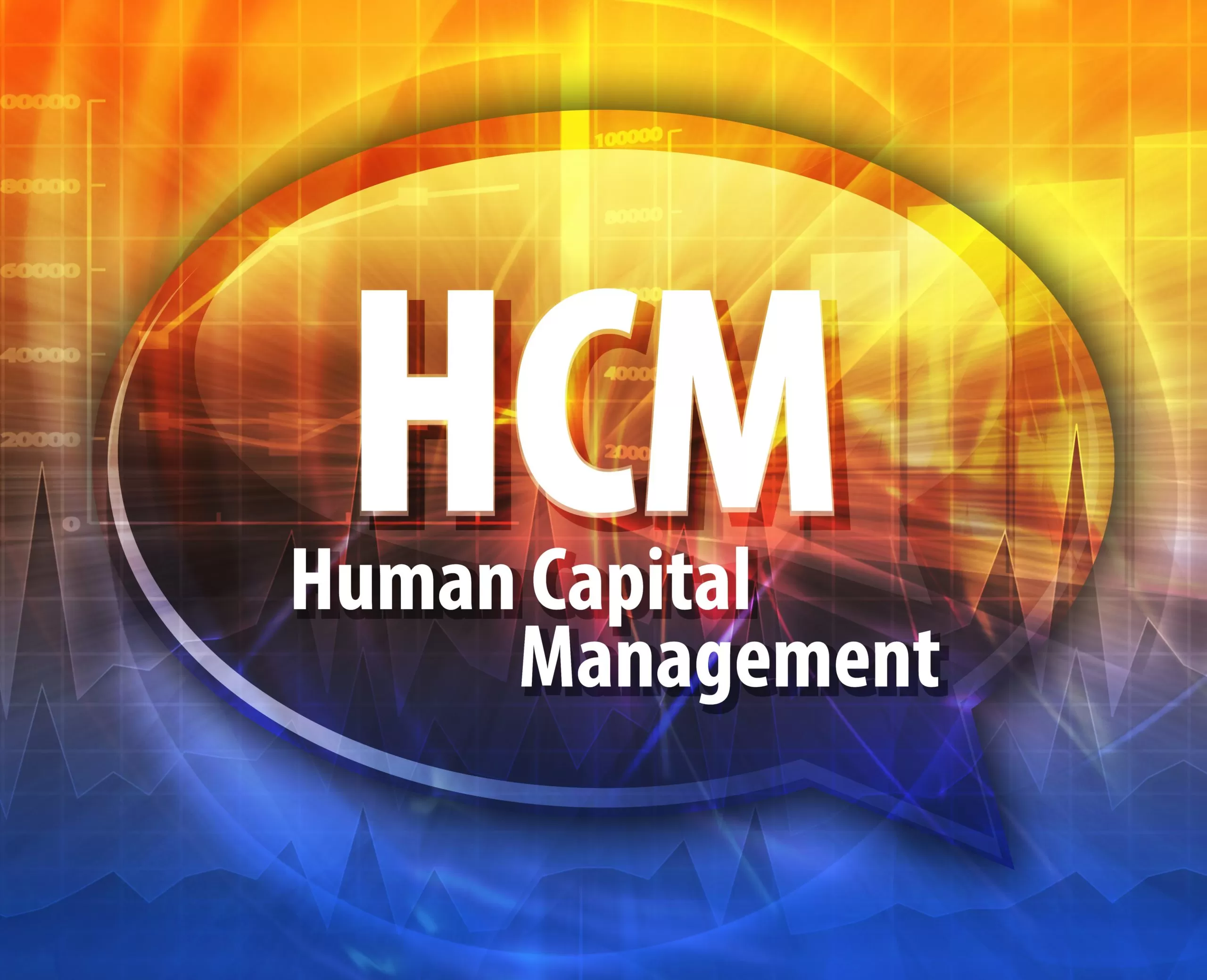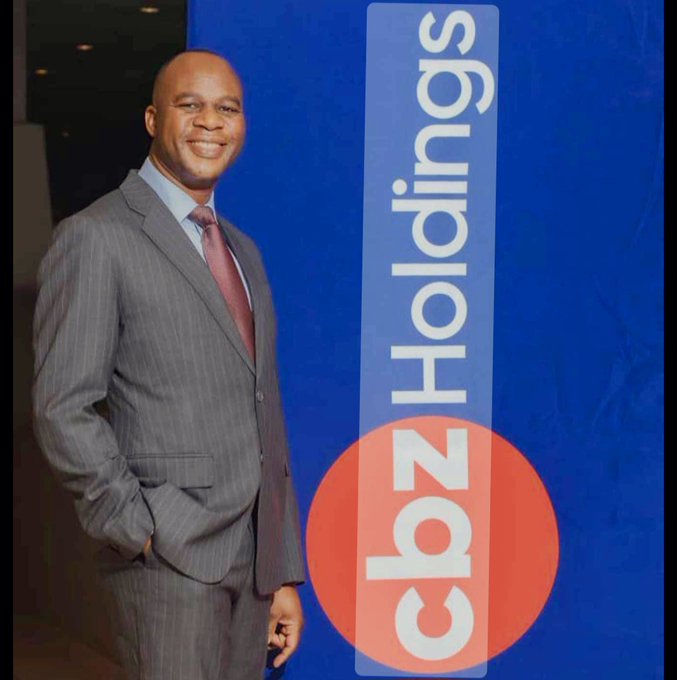An effective Human Capital Management (HCM) system is essential for any business, regardless of size. An HCM system helps a business attract and retain talent, optimize processes and manage payroll while ensuring compliance with relevant laws and regulations. But choosing the right HCM system may be an uphill task. However, the steps below can make it easier.
Identify Your Requirements
When finding an HCM system, identifying a company’s needs is the first step. A business needs first to understand the features and capabilities of the system that are most important for their business. This could include payroll management, performance review tracking, talent acquisition, or employee engagement tools like team collaboration or employee rewards programs.
The desired integration with other existing programs, such as accounting or customer relationship management systems, should also be considered. With this information, a business can narrow the list of systems to those that meet their needs and budget.
Evaluate Cost-Effectiveness and Scalability
Different systems come with different costs and scalability to meet a business’s growth plans. Not all systems are designed to scale up or down, so looking for one that meets current and future needs is important.
For instance, a small business may want a system that is affordable now but can grow as the company grows. On the other hand, an established enterprise will need something complex and comprehensive enough to handle large volumes of data and many users.
Consider Security Features
In an age of cybersecurity threats, it is important to ensure the HCM system chosen adequately protects sensitive data. This includes role-based access control, encryption of data in transit and at rest, and regularly updated security patches.
A business should also ensure the vendor has an active incident response plan addressing potential breaches or issues. This way, they are assured of their data and customers’ safety.
Research Available Options
Once a business has narrowed the list of potential systems based on its requirements and budget, it should research the available options. This includes reading reviews from other users or consulting with industry professionals for an unbiased view. They should also ask questions about the vendor’s customer service, what kind of support is included in their pricing structure, and whether additional fees or charges are associated with using the system.
Review Vendor’s Reputation and Track Record
The reputation and track record of the vendor are key factors to consider. A business must ensure that the vendor is credible, reliable, and has a good customer service record. They should also check for complaints or negative reviews from former customers that may signal potential problems. Finally, they should review the vendor’s warranties and guarantees to ensure any issues with their HCM system will be addressed on time.
Test and Make a Choice
Once a business has identified the needs, evaluated cost-effectiveness and scalability, considered security features, researched available options, and reviewed the vendor’s reputation and track record, they should test each potential system.
This is done by trying a demo version or asking for a trial period to ensure it meets all their requirements. After testing the systems and examining the results, they can decide which HCM system is best for their business.
Choosing the right HCM system for a business is a decision that requires careful consideration and research. Considering factors such as cost-effectiveness, scalability, security features, vendor reputation, and customer service makes it easier for a business to choose to meet its needs. A business can find the perfect, effective, affordable system with proper testing and evaluating all available options.














